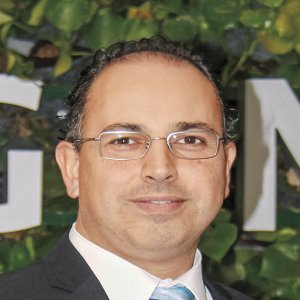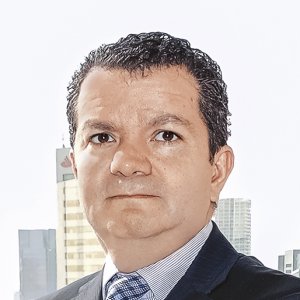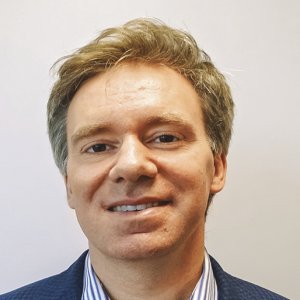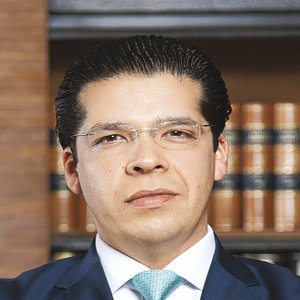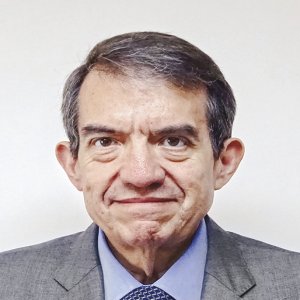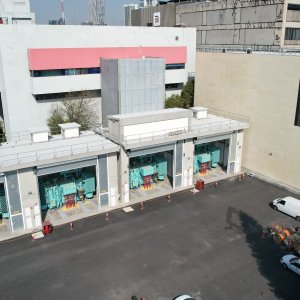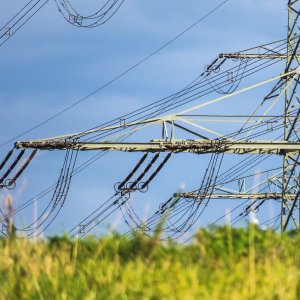When Long-Term Vision Pays Off

STORY INLINE POST
Q: What is AES’ long-term plan for Mexico?
A: In Mexico, we are focusing on the private sector with three business lines. The first is in conventional energy, mainly natural gas, cogeneration and combined cycle. The second is in renewable energies with a focus on solar, wind and energy storage on a utility scale. The third is the desalination of seawater and the production and distribution of small-scale LNG to replace diesel and fuel oil in the industrial and commercial sector. In 1997, we became the first IPP to enter Mexico and the first private company that trusted in Mexico’s potential. Our aspiration is to be long-term operators here. Our objective is to develop a diversified portfolio by 2020 that ensures our presence in the market, mainly in the private sector. We have over 1.1GW installed and in the coming five years expect to reach 2-3GW.
Q: How can Mexico facilitate the integration of more renewable energy projects into the grid?
A: Infrastructure almost always becomes a problem in countries where there is a strong penetration of renewables. That is understandable because most of the infrastructure is not designed for intermittent energies. The most important factor is to maximize the use of Mexico’s natural resources to strengthen the grid and enable the integration of these sources. The PRODESEN is a powerful tool that outlines plans for revamping and expanding the infrastructure that requires it the most but it does not include the use of storage systems that could help achieve a proper national integration of renewables into the grid.
Energy storage is a concept that could solve many problems at once: relieving bottlenecks, allowing for more connections, solving issues related to intermittency and even helping the substations handle variations. Furthermore, with congested transmission lines, such as those in Mexico City, storage may allow the inclusion of small distributed generation sources. Overall, these systems enhance the versatility of the grid.
We are working with the Ministry of Energy, CENACE and CRE to find solutions that will bring energy storage technologies into the market and, most importantly, make them economically viable and attract investor interest.
Q: How should Mexico approach its talent gap problem in the renewables sector?
A: Mexico has an extremely well-prepared workforce on a technical level. Mexican operators are among the world’s top performers because the country has a long history in this sector. Some areas of opportunity can be explored for the commercial side of projects. Before the reform, there were no competitive market incentives to provide human talent with commercial skills. To solve the human talent gap, Mexican universities, government and industry need to work together to improve study programs and facilitate the transfer of knowledge between them. If those three pillars work together, we believe that in the next five years Mexico can start filling the gap with local content.
Q: What are your expectations for the future long-term electricity auctions?
A: The auctions ended up having favorable prices and conditions for the Mexican market and for CFE. We have yet to see which of the winning projects will be built. Several factors are putting them at risk, with financing and permitting being the most critical. The fact that private projects have a component that depends on the spot price makes the problem even worse because Mexico has no spot market history. Technologically speaking, projects are also becoming harder to justify because the most accessible places in Mexico, those with the best natural resources and already available infrastructure, will become scarce.
All these factors should lead to an increase in auction prices which in turn could increase energy prices for the final user. We are anticipating a new market balance with pricing converging to a reasonable level by 2018.
AES is a Fortune 200 global power company. It provides affordable, sustainable energy to 17 countries through a diverse portfolio of distribution businesses as well as thermal and renewable generation facilities.
